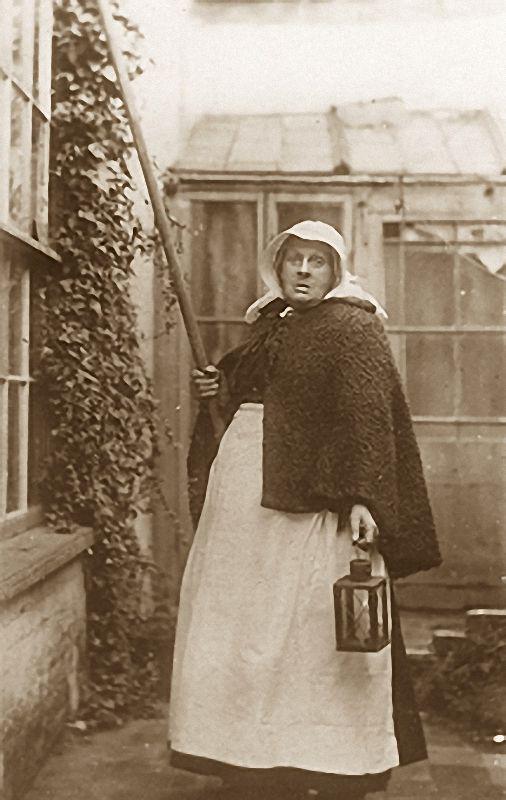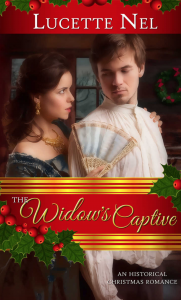Book Review & Giveaway
Legacy of Mercy
by Lynn Austin
About the Book
Legacy of Mercy
(Waves of Mercy #2)
By Lynn Austin
Christian Historical Romance
Hardcover, Paperback & ebook, 400 Pages
October 2nd 2018 by Bethany House Publishers
She Knew Her New Life Would Not Be Easy,
But Nothing Could Prepare Her For What Waits Ahead
Having returned to Chicago, young socialite Anna Nicholson can’t seem to focus on her upcoming marriage. The new information she’s learned about her birth mother continues to pull at her, and she hires Pinkerton detectives to help her find the truth. But as she meets people who once knew her mother and hears stories about the past, Anna soon discovers that some secrets are better left hidden.
At the same time, unflattering stories about Anna are leaked by someone who would love to see her disgraced and her engagement broken. And as Anna tries to share her faith with her society friends, she understands that her choice to seek God’s purpose for her life isn’t as simple as she had hoped.
When things are at their darkest, Anna knows she can turn to her grandmother, Geesje de Jonge, back in Holland, Michigan. Geesje’s been helping new Dutch immigrants, including a teen with a haunted past, adjust to America. She only hopes that her wisdom can help all these young people through the turmoil they face.
My Thoughts
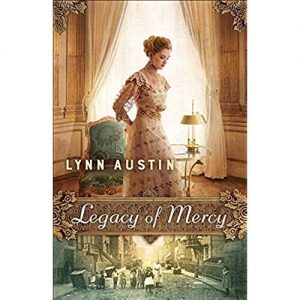 Many of you will find this hard to believe, but this is my first Lynn Austin book! I was very excited to read this author and the story did not disappoint. Since this is book two in the series, I thought it stood alone very well and the author gave you all the necessary information to not feel like you were missing important details. That being said, I’ve already picked up book one, Waves of Mercy, and do plan to read that one as well.
Many of you will find this hard to believe, but this is my first Lynn Austin book! I was very excited to read this author and the story did not disappoint. Since this is book two in the series, I thought it stood alone very well and the author gave you all the necessary information to not feel like you were missing important details. That being said, I’ve already picked up book one, Waves of Mercy, and do plan to read that one as well.
I think Austin’s gift is writing wonderful, multi-faceted characters with great depth that draw you right into their story. The heroine, Anna Nicholson, comes from a world of wealth and privilege, but undeniably feels God’s call on her life to serve him. As the story unfolds, Anna’s faith blossoms. She is torn between William, a man she cares about and is expected to marry, and Derk, the man she loves. I especially enjoyed the way Austin drew fine distinctions between the two men and Anna’s choices without demonizing either of them.
Tante Geejse, Anna’s biological grandmother is not only the rock of the book, but of her family and community as well. Kind, compassionate and filled with faith, Geejse reminded me of my own precious grandmother Criste. She welcomes Cornelia, a young immigrant girl with a tragic past, into her home. Cornelia has faced unthinkable heartache yet was forced to bury it deep inside instead of dealing with the pain. But slowly Geesje helps her to confront her past, grieve her losses, and find hope in God for her future. Although Geesje occasionally borders on the preachy side, you’re willing to overlook it especially when she’s confronting Cornnelia’s overbearing grandfather.
Austin doesn’t shy away from some difficult topics either– attempted suicide, sexual and physical abuse, and teen pregnancy. Though handled in a tasteful manner without any graphic details, this degree of realism may be distressing for some younger readers.
As both a reader and writer of historical romance, I have high expectations when it comes to historical accuracy. Austin effortlessly weaves historical details that bring the Gilded Age to life before your eyes—butlers and maid servants, societal expectations and the importance of keeping up appearances. The author paints a beautiful comparison between the heroine’s life of privilege and her grandmother’s modest lifestyle among the Dutch immigrants in the small town of Holland, Michigan. Austin’s vivid descriptions of the stately mansions in Chicago’s Lakeshore district as well as the run down inner city tenements immerse you in the time period, and will leave you lifting your pinky as you sip your tea or feeling the need to wipe the grime and soot from your skin.
With endearing characters and a strong, satisfying ending, I give Legacy of Mercy 4 out of 5 stars!
I received a complimentary copy of this book from Bethany House Publishers. I am not required to write positive review. The opinions I have expressed are my own.
Favorite Quotes
“Maybe change is His (God’s) favorite tool to make sure we keep growing closer to Him.”
Oh boy, oh boy, oh boy! As someone who doesn’t like change, this quote gave me plenty to contemplate! I probably need to write that on an index card and stick in on my fridge!
“Over time–and it was a long time–I chose to let go of the resentment and to trust Him (God). Simply trust Him. I don’t need to see exactly how He’s going to weave together all of the broken strands–in my life or anyone else’s. But I know that the finished work will be beautiful.”
Who hasn’t experienced great loss? A loved one. A marriage. A dream. These beautiful words of encouragement reminded me how God is always working behind the scenes for my good.
Spiritual Takeaway
The central overarching theme of God’s love and mercy is recurring throughout the story. As Austin’s characters face difficult trials and uncertainties, the reader is reminded that God has a plan for our lives and that we can trust Him even when we don’t understand what’s happening or how our problems will be resolved.
Oma Geejse’s servant heart also reminds us to bless others with our time, talents and possessions. God blesses us so that we may be a blessing to others.
Praise for Legacy of Mercy
“Interlacing the past with the present-day lives of Anna and Geesje, Austin compassionately delivers a moving tale of family bonds, tests of faith, and abiding love.”–Booklist starred review
“Austin has crafted an interesting, historically accurate portrait of two profoundly different characters: one looking back at life, the other taking her first faltering steps toward independence.”–Publishers Weekly
Goodreads│Amazon│B&N│Book Depository│Christianbook│Kobo│
Other Books in the Series
 Waves of Mercy
Waves of Mercy
(Waves of Mercy #1)
By Lynn Austin
Christian Historical Romance
Hardcover, Paperback & ebook, 384 Pages
October 4th 2016 by Bethany House Publishers
Haunted by the Unknowns of Their Pasts,
Two Women Search for Answers Along the Shores of Lake Michigan
Chicago socialite Anna Nicholson retreats to the Hotel Ottawa in Holland, Michigan, after breaking her engagement with her wealthy fiancé. Filled with questions about her newfound faith and troubled by a recurring nightmare, Anna finds solace in Derk Vander Veen, a seasonal hotel worker who plans to go into the ministry.
Prompted by a request from her son, Geesje de Jonge begins to sift through memories of emigrating from the Netherlands almost fifty years ago. As she writes them down for the Semi-Centennial anniversary of the town’s settlement, her story takes on a life of its own as she honestly and painfully recalls her regrets, doubts, hardships, and joys. Her story captivates Derk, who sees similarities between Geesje and Anna, and wishes to bring the two together.
Past and present collide as Anna and Geesje seek clarity, but neither expects the revelations that await them.
Goodreads│Amazon│B&N│Book Depository│Christianbook│Kobo│
Tour Schedule & Giveaway
Legacy of Mercy On Tour with Prism Book Tours
Tour Schedule
October 15th:
Launch
Cover Lover Book Review
An Indie Adventure
Author Kelly D. Scott
October 16th:
Romancing History
Uplifting Reads
October 17th:
The Power of Words
Hearts & Scribbles
October 18th:
Fiction Aficionado
Splashes of Joy
October 19th:
Wishful Endings
Stacking My Book Shelves!
Rockin’ Book Reviews
October 22nd:
Among the Reads
Book by Book
October 23rd:
Jen Around the World
Heidi Reads…
October 24th:
Jorie Loves A Story
Radiant Light
October 25th:
Tell Tale Book Reviews
Locks, Hooks and Books
October 26th:
Reading Is My SuperPower
Remembrancy
Check out the Bookstagram Tour schedule October 22 – 26 here!
Tour Giveaway
One Grand Prize Winner will receive Waves of Mercy and Legacy of Mercy by Lynn Austin and tulip notecards.
Two additional winners will receive Waves and Mercy and Legacy of Mercy.
For US winners only—international readers may enter, but a $35 gift card will be substituted for their prize if they are chosen as winners.
Ends October 26, 2018
a Rafflecopter giveaway
About the Author
 For many years, Lynn Austin nurtured a desire to write but frequent travels and the demands of her growing family postponed her career. When her husband’s work took Lynn to Bogota, Colombia, for two years, she used the B.A. she’d earned at Hope College and Southern Connecticut State University to work as a teacher. After returning to the U.S., the Austins moved to Anderson, Indiana, Thunder Bay, Ontario, and later to Winnipeg, Manitoba.
For many years, Lynn Austin nurtured a desire to write but frequent travels and the demands of her growing family postponed her career. When her husband’s work took Lynn to Bogota, Colombia, for two years, she used the B.A. she’d earned at Hope College and Southern Connecticut State University to work as a teacher. After returning to the U.S., the Austins moved to Anderson, Indiana, Thunder Bay, Ontario, and later to Winnipeg, Manitoba.
It was during the long Canadian winters at home with her children that Lynn made progress on her dream to write, carving out a few hours of writing time each day while her children napped. Lynn credits her early experience of learning to write amid the chaos of family life for her ability to be a productive writer while making sure her family remains her top priority.
Web page // Goodreads // Facebook // Twitter // Pinterest //



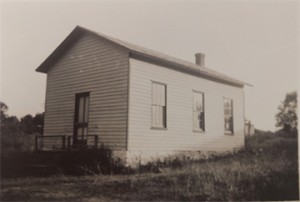
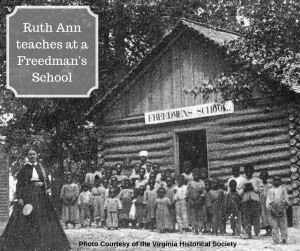




 Corsets were very common among the upper classes. Worn around the torso, corsets were made of a durable tightly woven fabric or leather, fashioned with channels running throughout them in which vertical ribs were inserted, called boning because they were often made with whale bone. The entire device was held together, and tightened, sometimes to extremes, by a system of lacing. Girls were started in corsets at a very young age and, for them and ladies after childbirth, waist training, to shrink the side of the waist, via super tight lacing, was common. Over time, corset-wearers’ bodies changed—their ribs were displaced, their lungs were squashed, some organs were compressed against the spine and others were shoved down into the lower abdomen. In addition to making it hard to breathe, hearts struggled to pump and, stomachs struggled to digest what little food they could get down. As one Victorian lady reported, “I had only eaten two bites of my biscuit there was no room beneath my corset for a third.”
Corsets were very common among the upper classes. Worn around the torso, corsets were made of a durable tightly woven fabric or leather, fashioned with channels running throughout them in which vertical ribs were inserted, called boning because they were often made with whale bone. The entire device was held together, and tightened, sometimes to extremes, by a system of lacing. Girls were started in corsets at a very young age and, for them and ladies after childbirth, waist training, to shrink the side of the waist, via super tight lacing, was common. Over time, corset-wearers’ bodies changed—their ribs were displaced, their lungs were squashed, some organs were compressed against the spine and others were shoved down into the lower abdomen. In addition to making it hard to breathe, hearts struggled to pump and, stomachs struggled to digest what little food they could get down. As one Victorian lady reported, “I had only eaten two bites of my biscuit there was no room beneath my corset for a third.”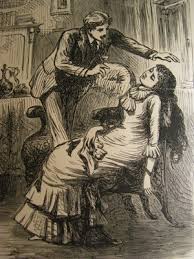
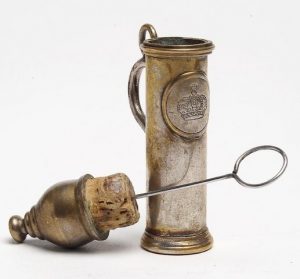

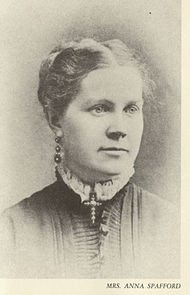

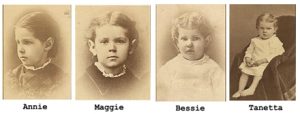
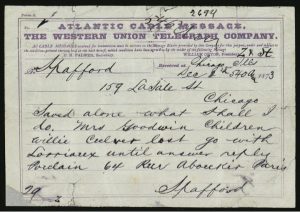
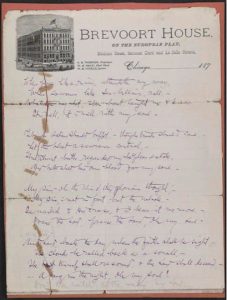




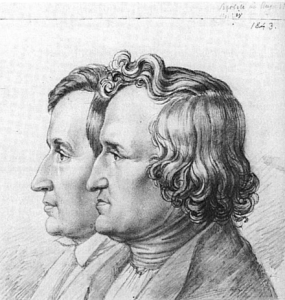
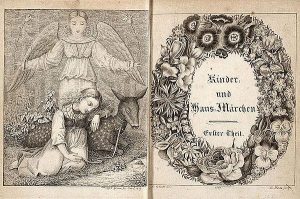
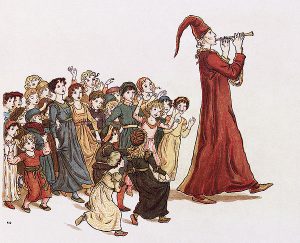



 Ronald Reagan (1981-1989)
Ronald Reagan (1981-1989) Morning comes early for me. Once a night owl, I’m now one of the earliest risers of my acquaintance. I have the advantage of setting an alarm clock for 4:30 in the morning and hitting the snooze button several times if I’m not quite ready to greet the day.
Morning comes early for me. Once a night owl, I’m now one of the earliest risers of my acquaintance. I have the advantage of setting an alarm clock for 4:30 in the morning and hitting the snooze button several times if I’m not quite ready to greet the day.